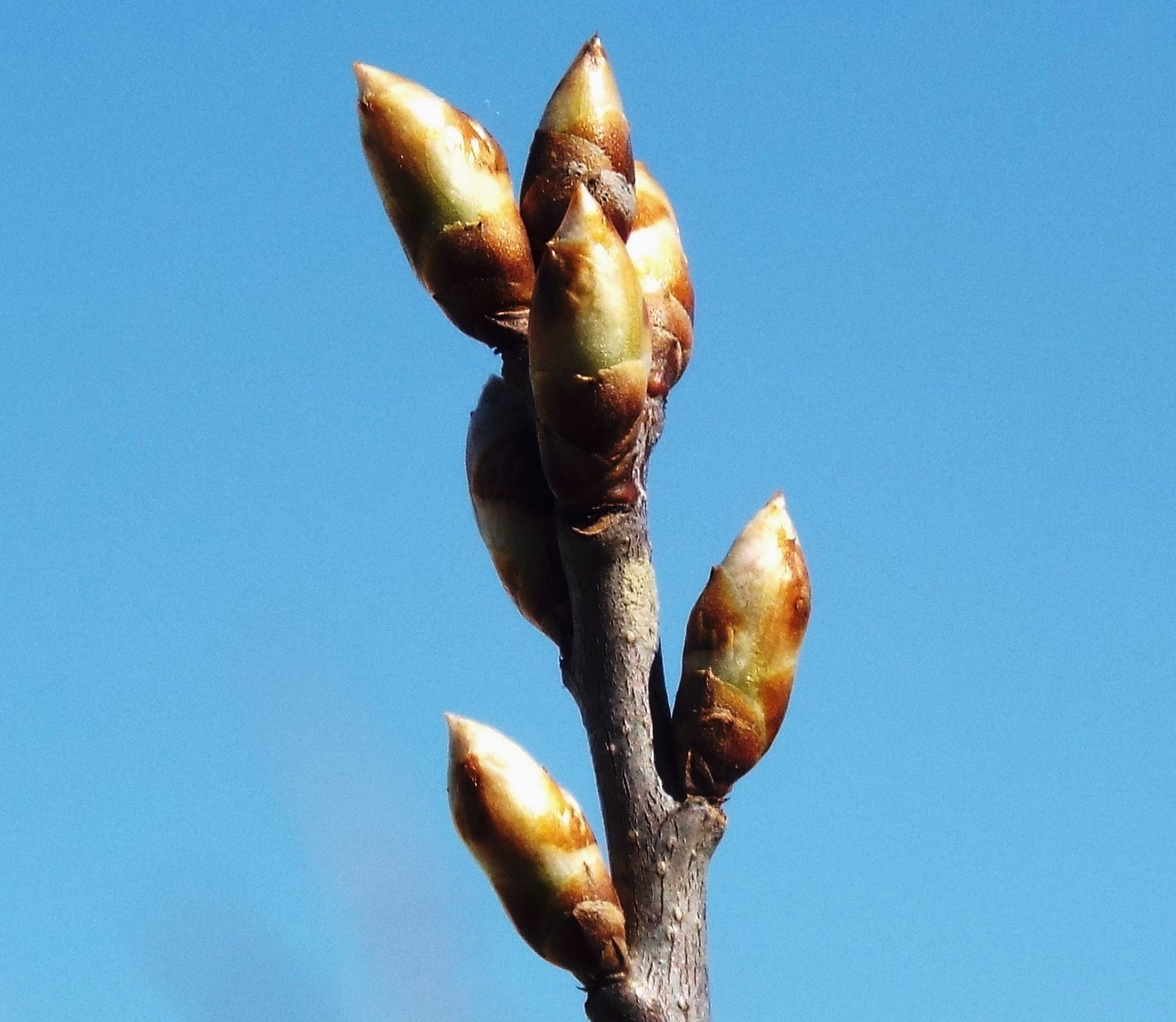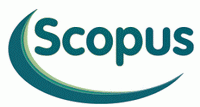The development of methods for determination the total flavonoids in buds of Populus alba L.
UDK 615.322: 547.972+543.544
Abstract
White poplar (Populus alba L., family Saliaceae ) has a similar chemical composition with other species of the genus Populus L. and it can consider as a promising source of raw materials containing phenolic compounds, in particular flavonoids. The pharmacological activity of the buds of pharmacopeial species of genus Populus L., and also of the white poplar is caused by biologically active compounds, mainly of a phenolic nature, including flavonoids (pinostrobin, piriocembrin, quercetin, etc.), phenylpropanoids (caffeic acid, etc.) and simple phenols (salicin).. One of the most well-known biologically active compounds of white poplar is quercetin, for which an antihistamine, anti-inflammatory action has been demonstrated. Differential spectrophotometry carried out in accordance with the OFS was used as a research method.1.2.1.1.0003.15 "Spectrophotometry in the ultraviolet and visible regions". Spectral characteristics of water-alcohol extracts were evaluated on a Specord 40 spectrophotometer (Analytik Jena AG, Germany) in cuvettes with a layer thickness of 10 mm.
It was determined that in all electronic spectra of the water-ethanolic extractions from the buds of the white poplar there are two absorption maxima in the area of 290 nm and 370 nm, due to flavanones and flavonols, respectively. It was established that in the electronic spectra of the water-ethanolic extractions from the buds of the white poplar, a significant bathochromic shift of the long-wavelength band in the presence of aluminum chloride is observed, which confirms the presence of flavonoids. Under the conditions of differential spectrophotometry UV spectrum of the water-ethanolic extractions from the buds of the white poplar, an absorption maximum is observed at wavelength of 430 nm, which indicates the expediency of using quercetin in the analysis technique, which has an absorption maximum at a wavelength of 430±2 nm. As a result of the study, the method has been developed for the quantitative determination of the amount of flavonoids in the buds of white poplar using differential spectrophotometry calculated on quercetin at an analytical wavelength of 430 nm. The optimal parameters of extraction of raw materials were determined: extractant – 90% ethyl alcohol, the ratio of "raw material-extractant" – 1:30, extraction time – 60 minutes. The content of the total flavonoids calculated on quercetin in the buds of the white poplar is varied from 0,45±0,02 % to 0.69 ± 0.03%
Downloads
Metrics
References
Gosudarstvennaya farmakopeya Rossiyskoy Federatsii. XIV izd. [State Pharmacopoeia of the Russian Federation. XIV ed.]. Moscow, 2018, vol. I–IV. URL: http://femb.ru/femb/pharmacopea.php. (in Russ.).
Kurkin V.A., Kupriyanova Ye.A. Khimiya rastitel'nogo syr'ya, 2020, no. 1, pp. 117–124. DOI: 10.14258/jcprm.2020015818. (in Russ.).
Kupriyanova Ye.A. Sravnitel'noye farmakognosticheskoye issledovaniye predstaviteley roda Topol' (Populus L.): dis. … kand. farm. nauk. [Comparative pharmacognostic study of representatives of the genus Poplar (Populus L.): dis. ...cand. pharm. Sci.]. Samara, 2020, 209 p. (in Russ.).
Nassima B., Riadh K. Brazilian Journal of Pharmaceutical Sciences, 2019, vol. 55, e18114. DOI: 10.1590/s2175-97902019000218114.
Vardar-Unlu G., Unlu M., Silici S. World J. Microbiol. Biotechnol., 2008, vol. 24, pp. 1011–1017. DOI: 10.1007/s11274-007-9566-5.
Wang Z.S., Du S.H., Dayanandan S., Wang D.S., Zeng Y.F., Zhang J.G. PLoS ONE, 2014, vol. 9, e103645. DOI: 10.1371/journal.pone.0103645.
Braslavskiy V.B. Iva, topol' i propolis v meditsine i farmatsii: monografiya. [Willow, poplar and propolis in medicine and pharmacy: monograph]. Samara, 2012, 116 p. (in Russ.).
Zaigralova G.N. Dendrologiya: kratkiy kurs lektsiy dlya studentov I kursa spetsial'nosti (napravleniya podgotovki) 35.03.01 «Lesnoye delo». [Dendrology: a short course of lectures for first-year students of the specialty (directions of preparation) 03.35.01 “Forestry”]. Saratov, 2016, 77 p. (in Russ.).
Kurkin V.A. Farmakognoziya: uchebnik dlya studentov farmatsevticheskikh vuzov. [Pharmacognosy: a textbook for students of pharmaceutical universities]. Samara, 2020, pp. 372–377. (in Russ.).
Kurkina A.V. Flavonoidy farmakopeynykh rasteniy: monografiya. [Flavonoids of pharmacopoeial plants: monograph]. Samara, 2012, 290 p. (in Russ.).
Braslavskiy V.B. Sovremennaya farmatsevticheskaya nauka i praktika: traditsii, innovatsii, prioritety. [Modern phar-maceutical science and practice: traditions, innovations, priorities]. Samara, 2011, pp. 99–101. (in Russ.).
Kurkin V.A., Zapesochnaya G.G., Braslavskiy V.B. Farmatsiya, 2009, vol. 57, no. 4, pp. 53–56. (in Russ.).
Kupriyanova Ye.A., Kurkin V.A. Aspirantskiy vestnik Povolzh'ya, 2018, no. 5-6, pp. 17–22. (in Russ.).
Ahmed U., Rao M.J., Qi C., Xie Q., Noushahi H.A., Yaseen M., Shi X., Zheng B. Molecules, 2021, vol. 26, 5546. DOI: 10.3390/molecules26185546.
Pobłocka-Olech L, Migas P, Krauze-Baranowska M. Acta Pharm., 2018, vol. 68, no. 2, pp. 199–210. DOI: 10.2478/acph-2018-0018.
Hage S., Morlock G.E. J. Chromatogr. A, 2017, vol. 1490, pp. 201–211.
Tsybulya N.V., Yakimova Yu.L., Bakulin V.T. Vestnik IrGSKhA, 2011, no. 44-4, pp. 136–140. (in Russ.).
Bibi T., Mushtaq A., Edwards S.E., Tareen N.M., Jabeen R., Abdullah I. Journal of Ethnopharmacology, 2016, vol. 183, pp. 176–186. DOI: 10.1016/j.jep.2016.02.029.
Haouat A.C., Guendouzi S.E., Haggoud A., David S., Sqalli H., Ibnsouda S., Iraqui M. Journal of Medicinal Plants Research, 2013, vol. 7(16), pp. 1015–1021. DOI: 10.5897/JMPR 13.4434.
Greenaway W., May J., Scaysbrook T., Whatley F.R. Zeitschrift für Naturforschung. Section-C, Biosciences, 1992, vol. 47, pp. 329–334.
Gezici S., Sekeroglu N., Anake Kijjoa A. Indian Journal of Pharmaceutical Education and Research, 2017, vol. 51, no. 3, pp. 498–503.
Tawfeek N., Sobeh M., Hamdan D.I., Farrag N., Roxo M., El-Shazly A.M., Wink M. Molecules, 2019, vol. 24, no. 10, pp. 1999–2005. DOI: 10.3390/molecules24101999.
Poplocka-Olech L., Glod D., Jesionek A., Luczkiewicz M. Chem. Biodiversity, 2021, vol. 6, e2100227. DOI: 10.1002/cbdv.202100227.
Budkhili M., Greche H., Bouhdid S., Zerargui F., Aarab L. Int. J .Pharm. Tech. Res., 2012, vol. 4, no. 2, pp. 637–642.
Pobłocka-Olech L., Inkielewicz-Stepniak I., Krauze-Baranowska M. Phytomedicine, 2019, vol. 56, pp. 1–9. DOI: 10.1016/j.phymed.2018.08.015.

Copyright (c) 2024 chemistry of plant raw material

This work is licensed under a Creative Commons Attribution 4.0 International License.

This work is licensed under a Creative Commons Attribution 4.0 International License.
The authors, which are published in this journal, agree to the following conditions:
1. Authors retain the copyright to the work and transfer to the journal the right of the first publication along with the work, at the same time licensing it under the terms of the Creative Commons Attribution License, which allows others to distribute this work with the obligatory indication of the authorship of this work and a link to the original publication in this journal .
2. The authors retain the right to enter into separate, additional contractual agreements for the non-exclusive distribution of the version of the work published by this journal (for example, to place it in the university depository or to publish it in a book), with reference to the original publication in this journal.
3. Authors are allowed to post their work on the Internet (for example, in a university repository or on their personal website) before and during the review process of this journal, as this may lead to a productive discussion, as well as more links to this published work.











